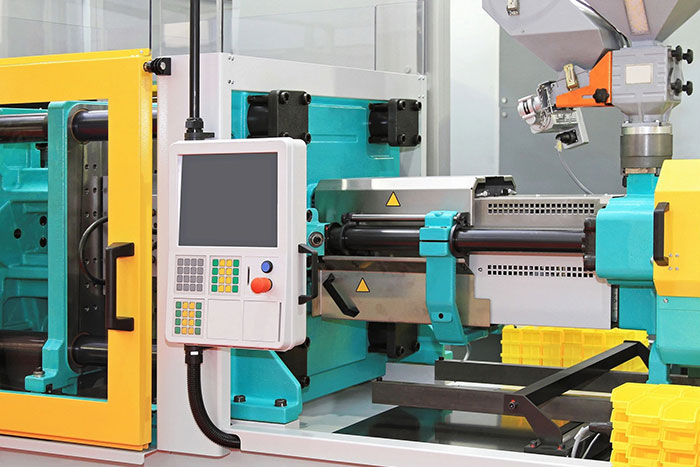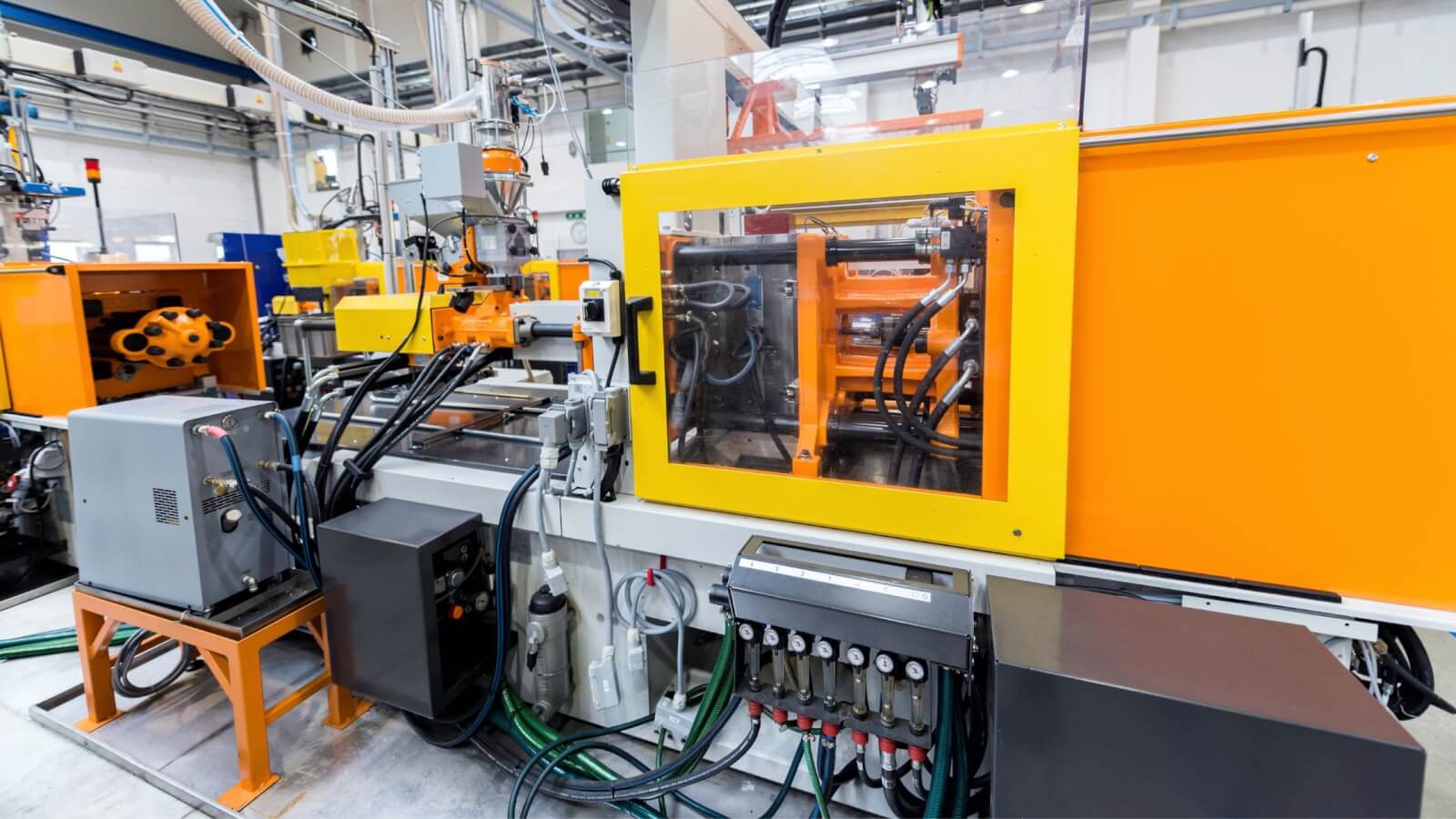Plastic Injection Molding: A Comprehensive Overview to Modern Production Techniques
Plastic Injection Molding: A Comprehensive Overview to Modern Production Techniques
Blog Article
Comprehending the Basics of Plastic Injection Molding Processes
Plastic injection molding functions as a keystone of modern-day manufacturing, offering a methodical approach to creating intricate components with precision. This process not only incorporates the basic actions of melting and infusing products right into molds however also involves a nuanced understanding of various influencing factors, such as temperature level and pressure. As sectors increasingly demand performance and top quality, the complexities of this technique become more vital. Exploring these important components could expose exactly how even minor changes can lead to significant enhancements in production outcomes, increasing concerns about the possibility for technology in this well established process.
What Is Plastic Shot Molding?
Plastic injection molding is an extensively utilized manufacturing process that transforms thermosetting and thermoplastic products right into accurate and complex shapes. This method is preferred for its ability to generate high quantities of the same components with extraordinary precision, making it a vital method in different markets, consisting of vehicle, customer items, and medical devices.
The process includes thawing the selected plastic product and infusing it right into a mold under high pressure. The mold and mildew, made to the requirements of the preferred part, enables the molten plastic to materialize as it cools and solidifies. As soon as the product has actually set, the mold is opened, and the ended up element is ejected.
Plastic shot molding offers several benefits, consisting of reduced waste, uniformity in manufacturing, and the ability to integrate intricate designs that may be challenging with other producing approaches. Additionally, it supports a broad variety of products, each providing distinct buildings that can be tailored for specific applications. As industries proceed to introduce, plastic shot molding continues to be at the center, enabling the development of advanced items that fulfill advancing customer demands.
The Shot Molding Refine
The shot molding process is a sophisticated strategy that entails several essential phases to create top notch plastic parts. Plastic pellets are fed right into a heated barrel where they are thawed right into a thick fluid. This molten plastic is then injected under high pressure into a precision-engineered mold and mildew, which forms the product into the wanted type.
Once the mold and mildew is filled, the plastic is allowed to solidify and cool down, taking the shape of the mold cavity. Cooling time is crucial, as it affects the cycle time and the final residential or commercial properties of the shaped component. After sufficient cooling, the mold opens, and the completed part is ejected utilizing ejector pins.

Products Made Use Of in Shot Molding
Numerous materials can be made use of in the injection molding procedure, each offering one-of-a-kind properties that satisfy particular applications. One of the most frequently used materials include thermoplastics, thermosetting plastics, and elastomers.

Thermosetting plastics, like epoxy and phenolic materials, undergo a chemical adjustment throughout the treating procedure, leading to a stiff, inflexible structure. These products are excellent for applications needing high warm resistance and structural honesty, usually made use of in electrical insulators and vehicle parts.
Elastomers, consisting of silicone and rubber-based products, provide versatility and resilience. Their distinct homes make them suitable for applications that demand elasticity, such as seals and gaskets.
In addition, specialty products like bio-based plastics and composites are acquiring grip for their environmental advantages and boosted efficiency qualities, expanding the scope of injection find more info molding applications in numerous industries. Recognizing the residential properties of these products is essential for selecting the proper kind for go to this website specific jobs.
Benefits of Shot Molding
Injection molding stands apart as a highly effective manufacturing procedure that uses numerous benefits for generating complex parts with accuracy. One of the most considerable benefits is the capability to produce complex layouts that would be impossible or challenging to accomplish with various other methods (Plastic Injection Molding). The process permits thorough attributes and tight tolerances, guaranteeing top notch parts
Additionally, injection molding is understood for its rapid production abilities, making it a suitable option for high-volume manufacturing. As soon as the mold and mildew is produced, parts can be generated promptly, reducing lead times and increasing general performance. This effectiveness not only reduces production prices yet also gives an one-upmanship on the market.
The convenience of materials used in shot molding better improves its allure. A wide variety of thermoplastics and thermosetting polymers can be used, enabling producers to choose materials that finest satisfy their details demands, consisting of warm, versatility, and strength resistance.
Additionally, the process lessens waste, as excess material can often be reused my latest blog post and recycled. This sustainability element adds to a lowered ecological impact, making shot molding a responsible production choice. Overall, the benefits of injection molding make it a preferred approach for several sectors.
Factors Influencing Item Quality
While countless variables can influence item top quality in shot molding, understanding these aspects is critical for achieving optimal outcomes. Trick elements consist of product option, processing specifications, and mold style.
Product option plays a crucial function, as various polymers exhibit one-of-a-kind residential or commercial properties that affect flowability, toughness, and thermal stability. Insufficient material choice can result in defects such as warping or insufficient filling.
Handling criteria, consisting of cycle, pressure, and temperature level time, have to be thoroughly regulated. Variants in these setups can cause incongruities in part measurements and surface area finish. Excessively high temperatures might cause degradation of the polymer, while insufficient stress can result in short shots.
Mold and mildew design is similarly essential, as it determines the flow of the molten plastic and the cooling procedure. Improperly made molds might lead to irregular cooling prices, resulting in recurring tensions and dimensional mistakes.

Conclusion
To conclude, plastic injection molding serves as a critical production process that allows the efficient manufacturing of high-grade elements. Mastery of the injection molding procedure, including the understanding of materials and the impact of numerous factors on item quality, is important for attaining optimum results. The benefits of this technique, such as cost-effectiveness and design adaptability, more highlight its relevance across multiple industries, solidifying its status as a favored choice for high-volume production.
Plastic injection molding serves as a keystone of modern manufacturing, giving a methodical method to producing intricate elements with accuracy.Plastic shot molding uses numerous advantages, consisting of reduced waste, consistency in production, and the ability to incorporate detailed designs that may be testing with various other producing methods (Plastic Injection Molding). As markets proceed to innovate, plastic shot molding continues to be at the forefront, making it possible for the development of innovative products that fulfill evolving customer needs
The injection molding procedure is a sophisticated technique that involves a number of essential phases to generate top notch plastic parts.In final thought, plastic injection molding offers as an important manufacturing procedure that makes it possible for the efficient production of top quality components.
Report this page